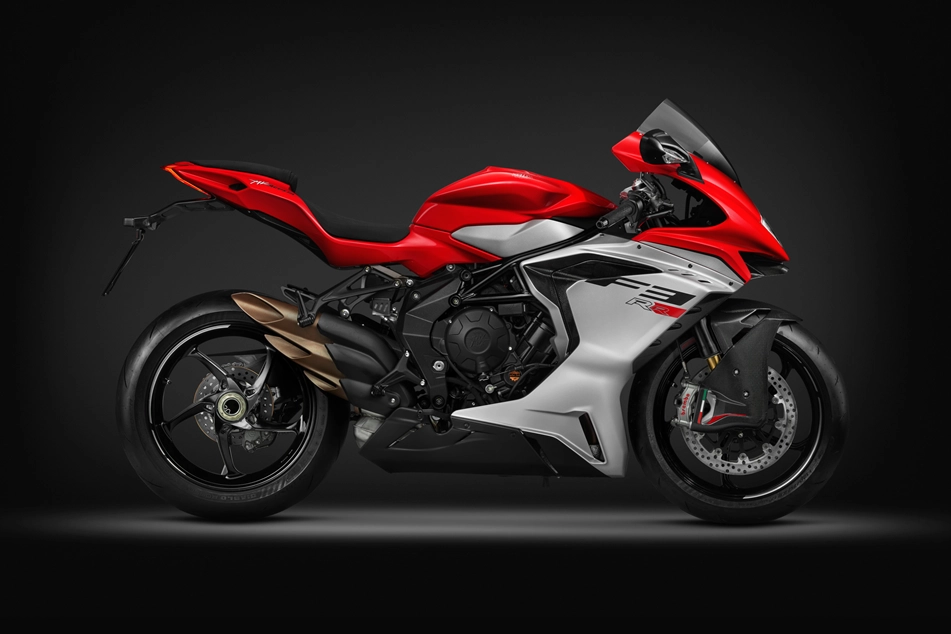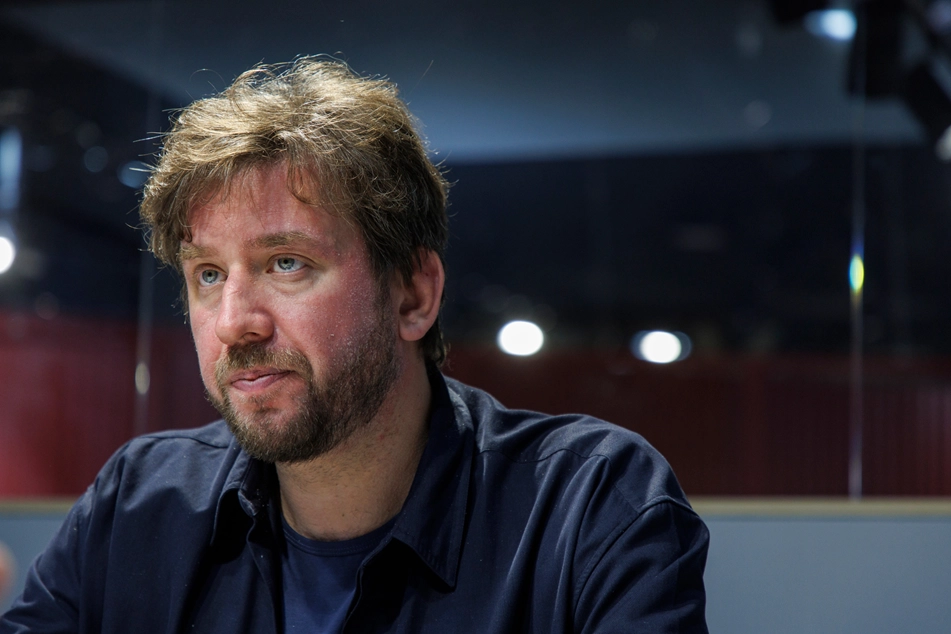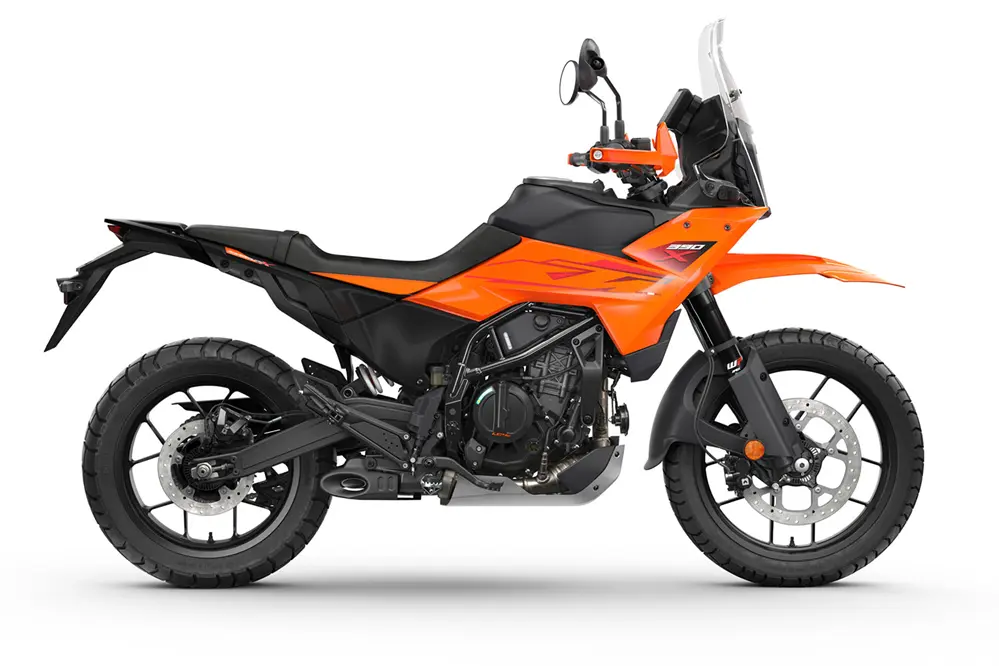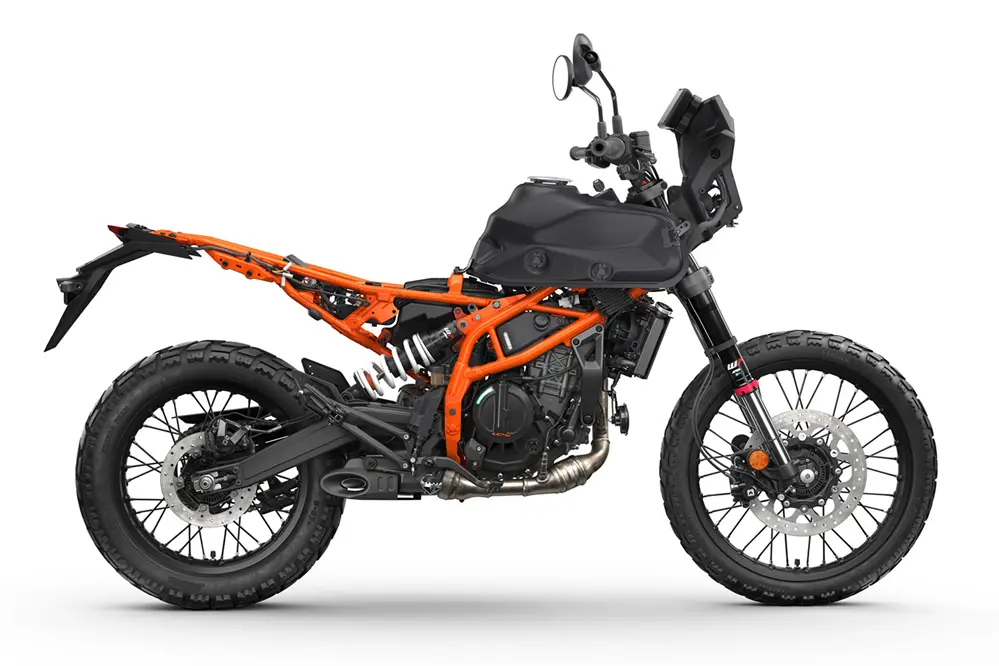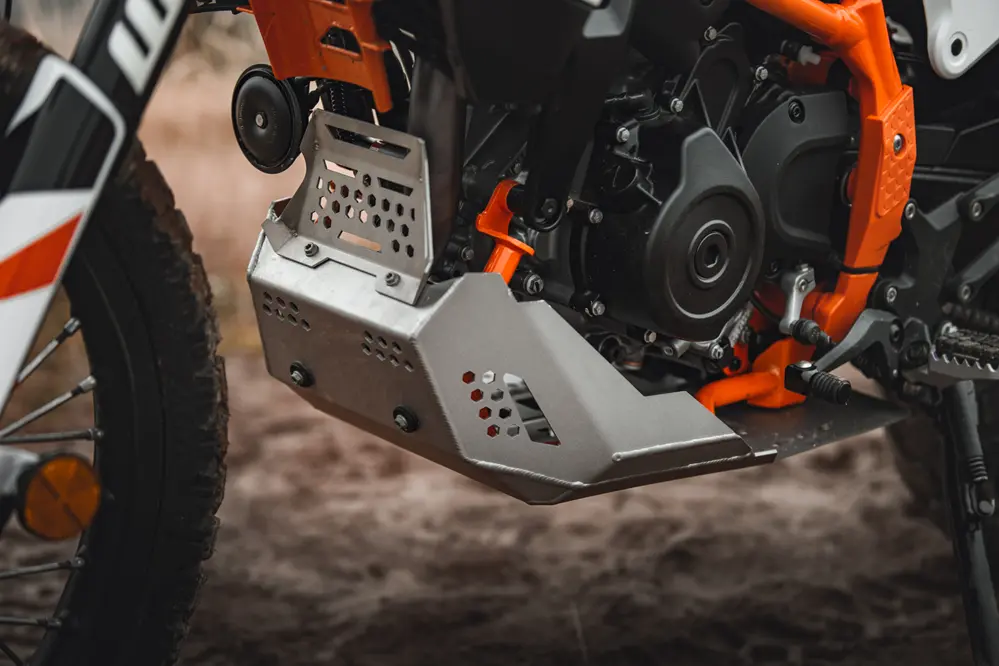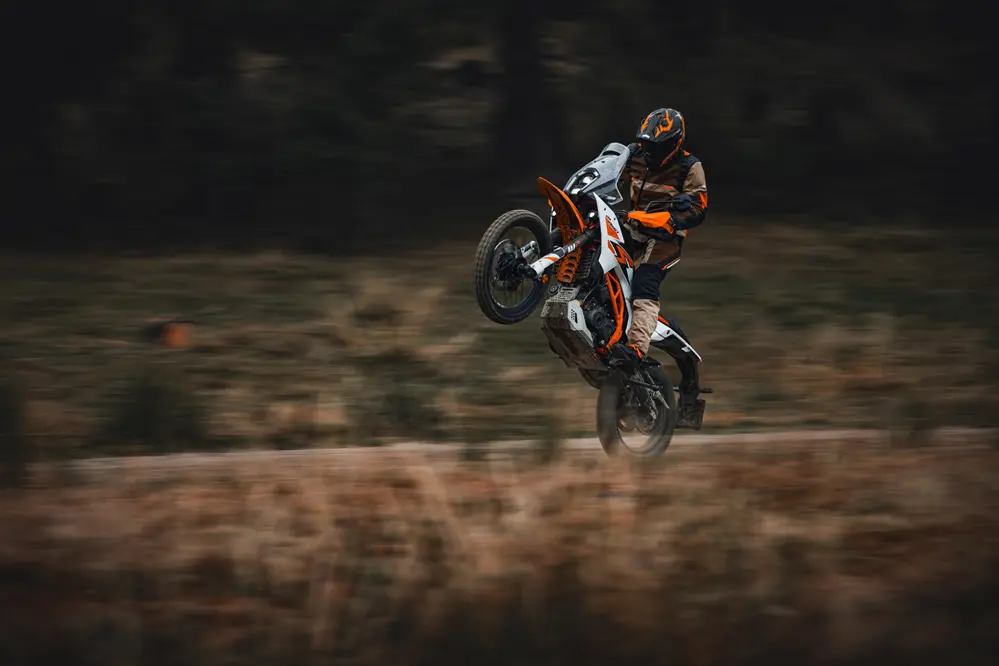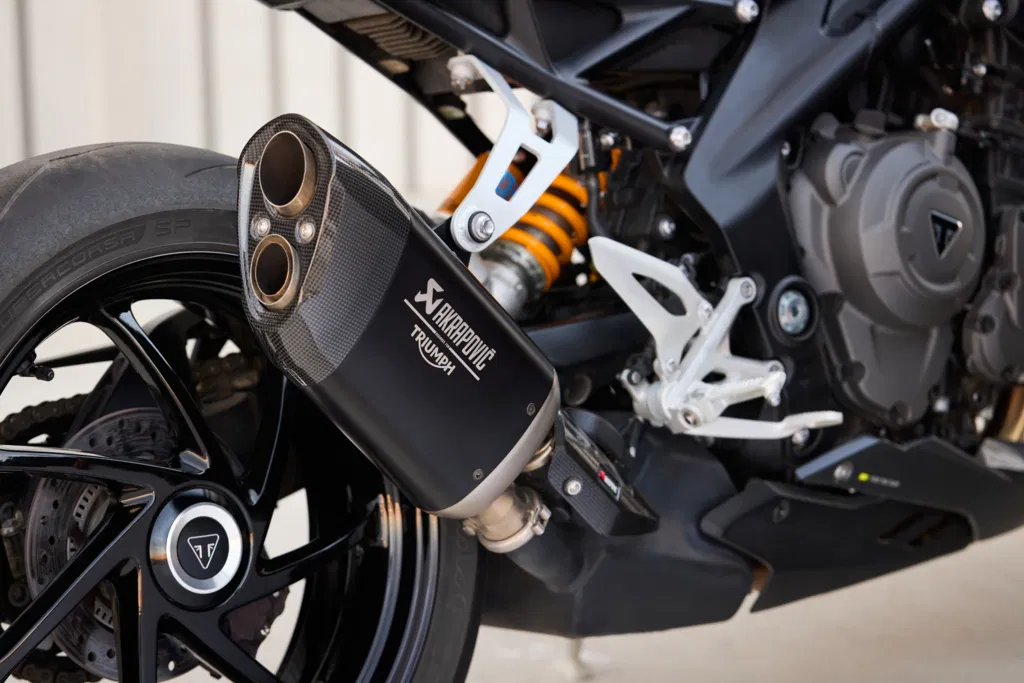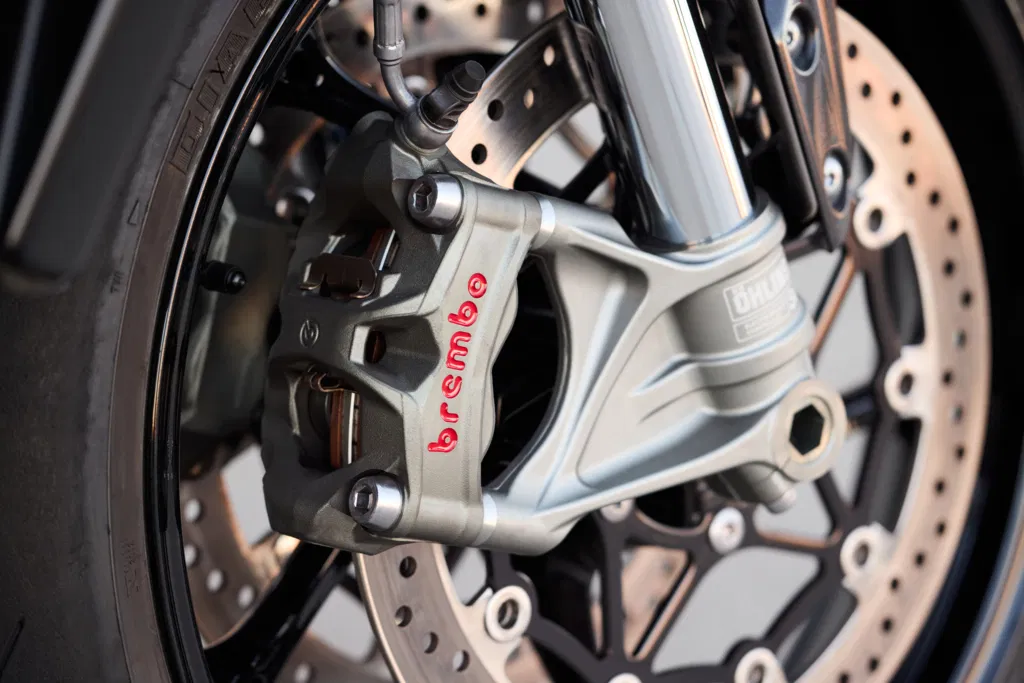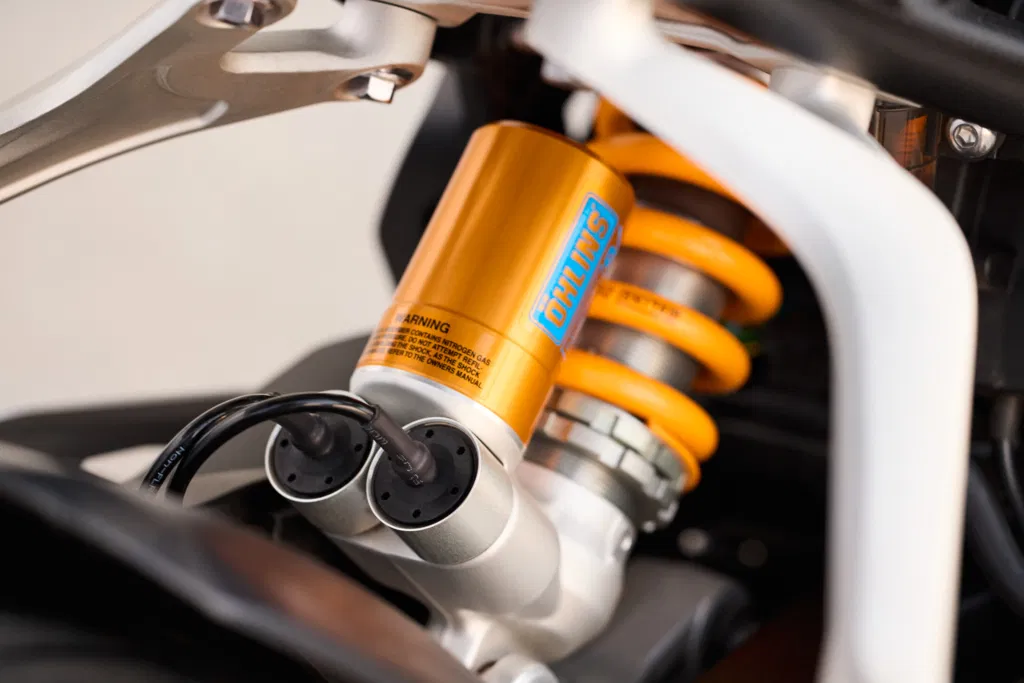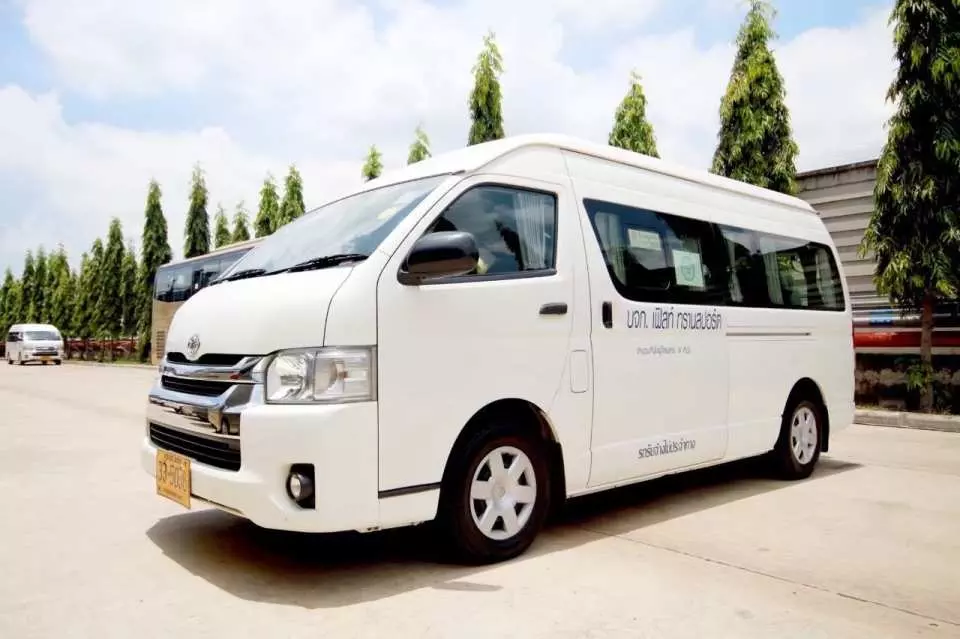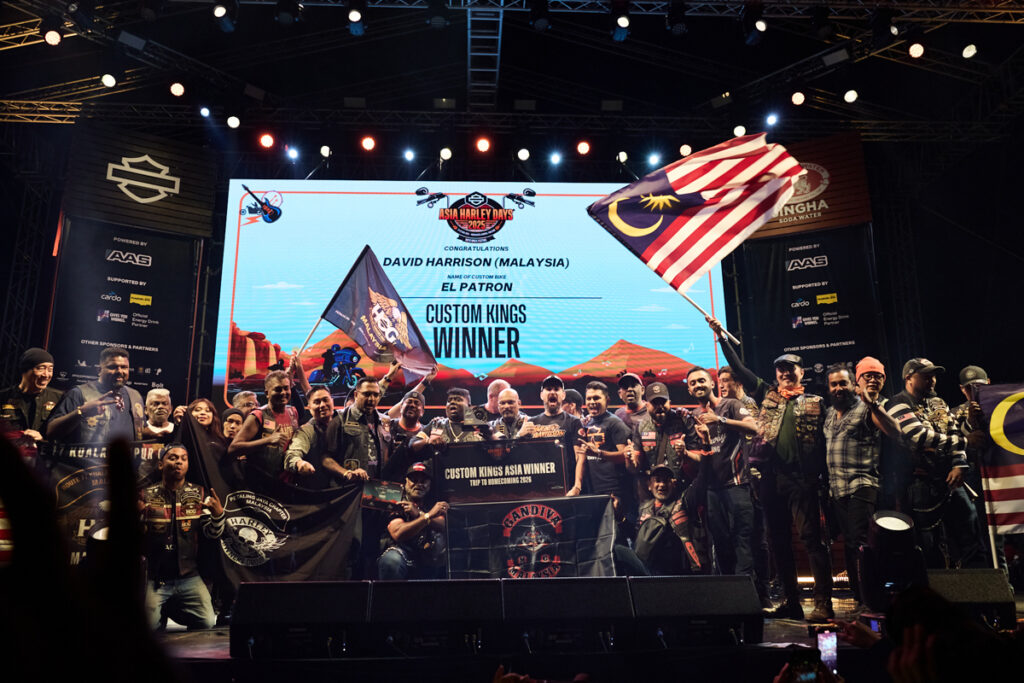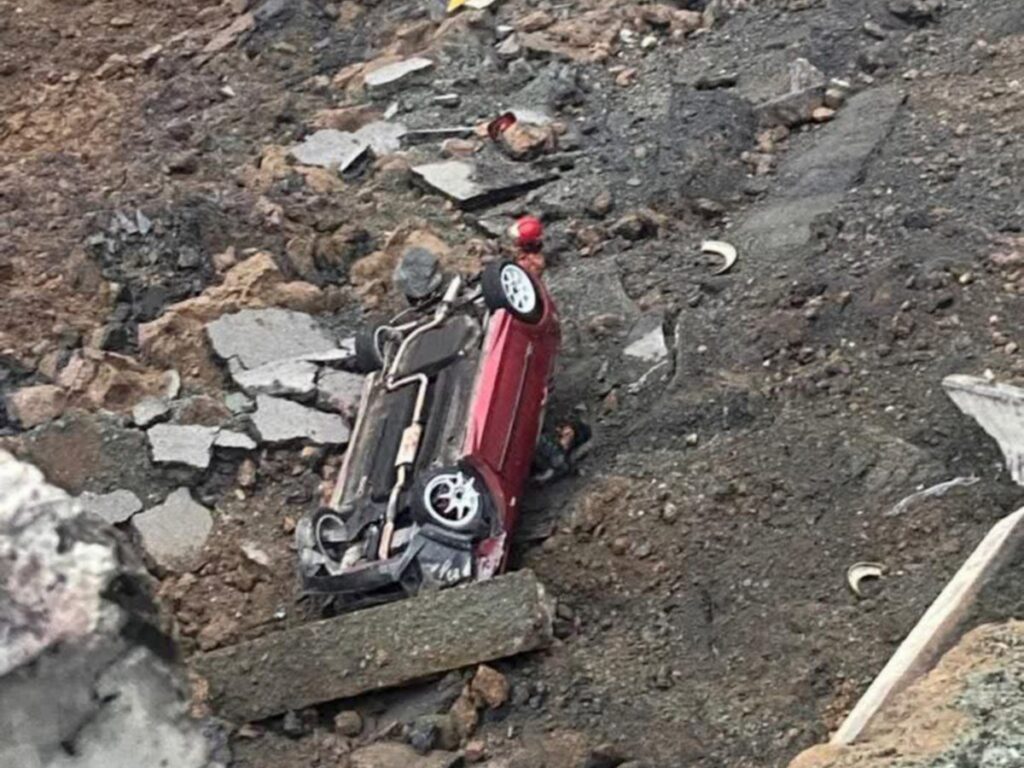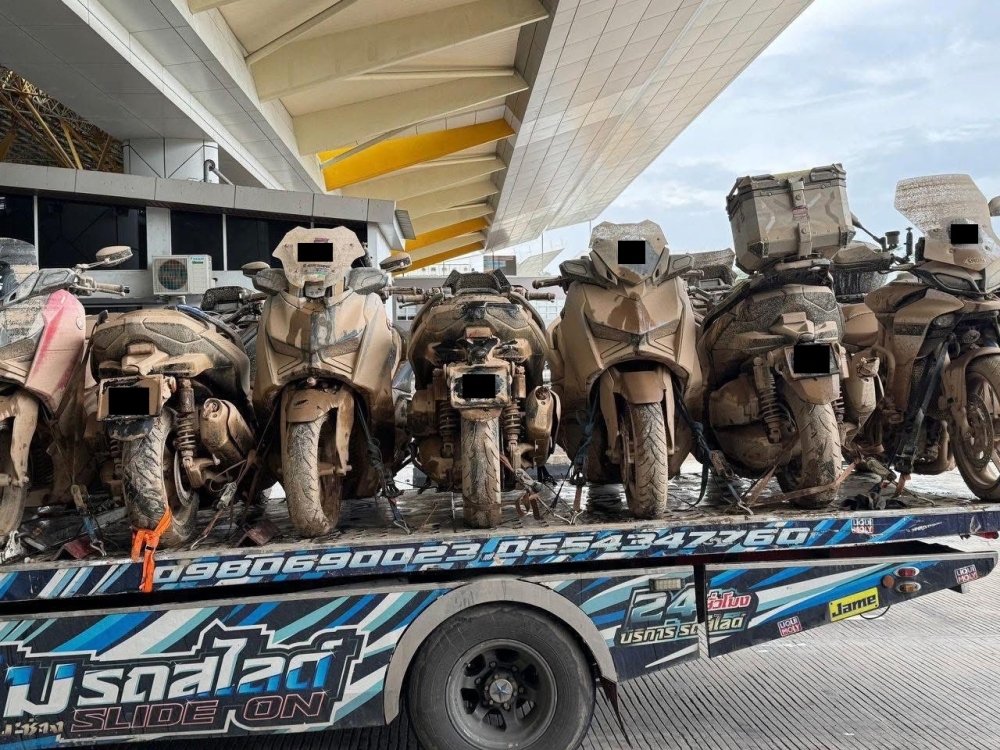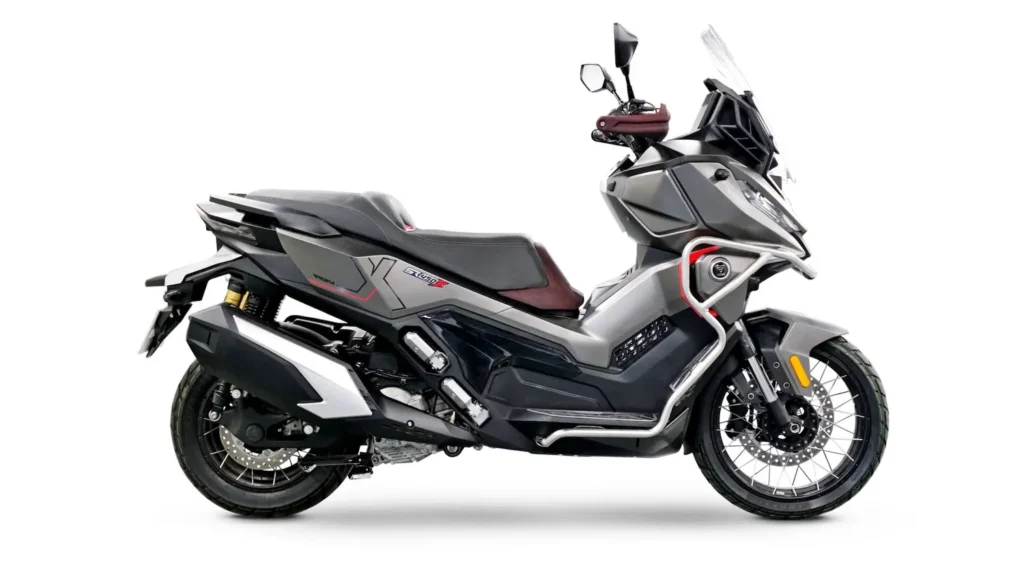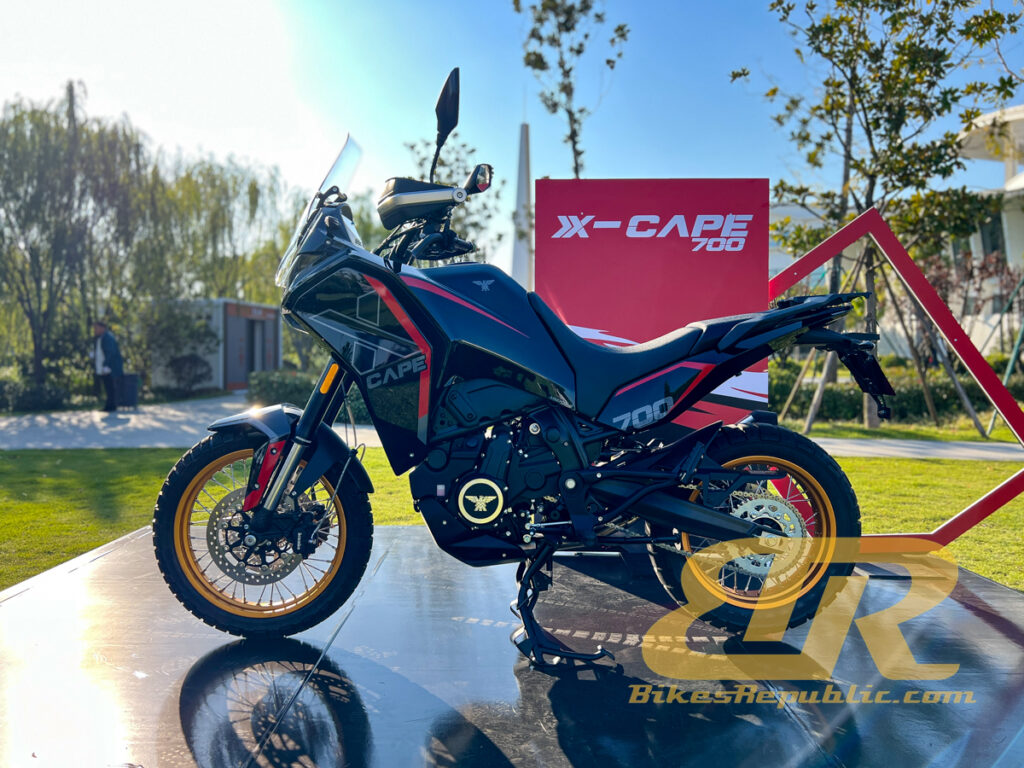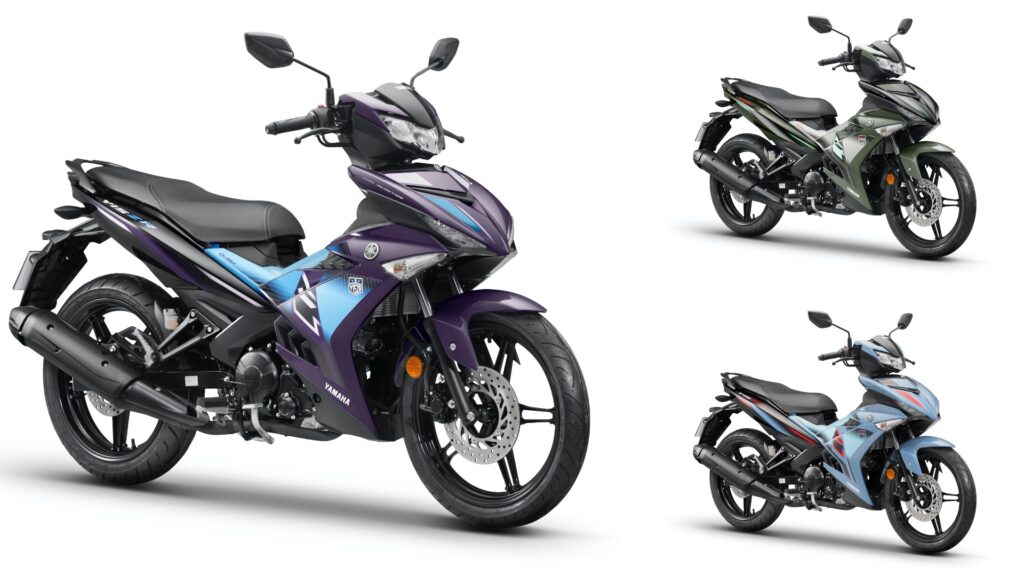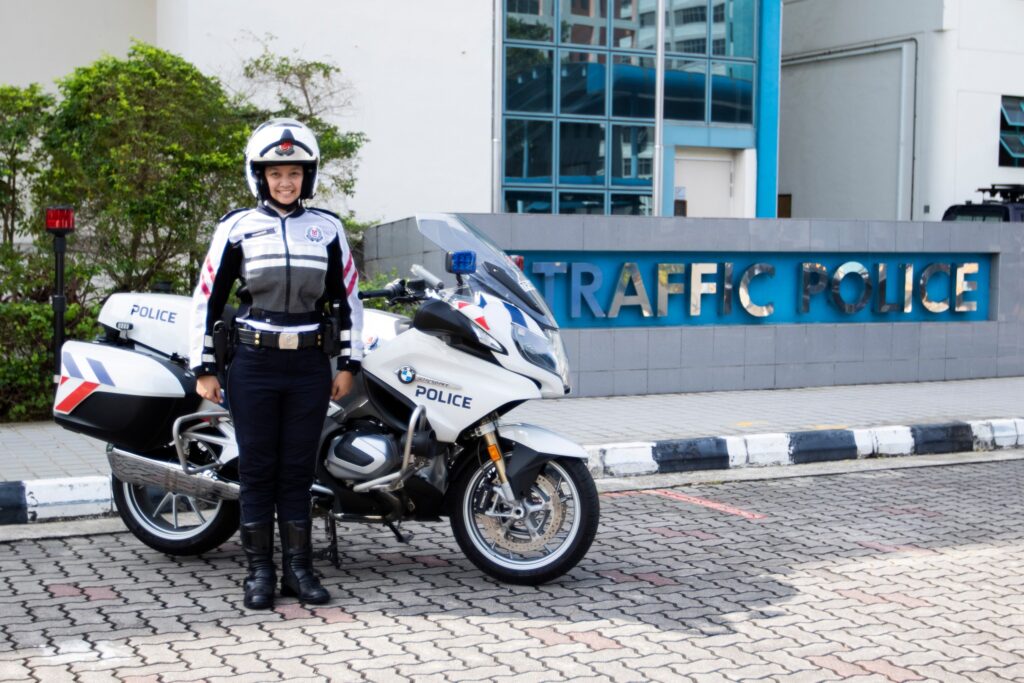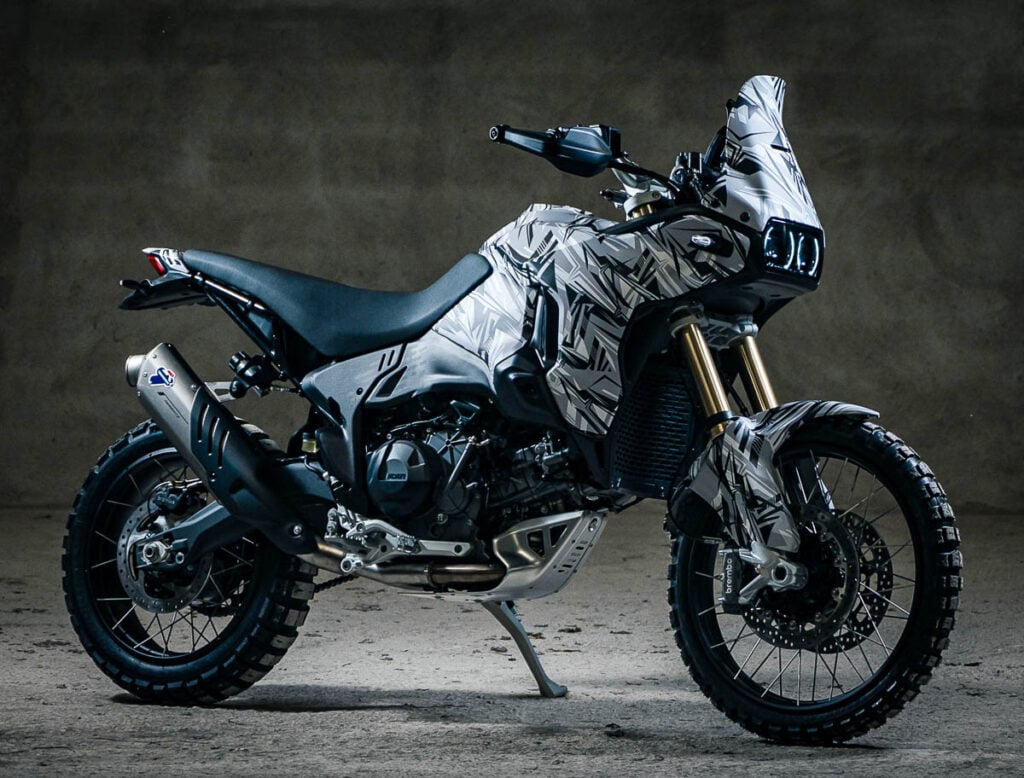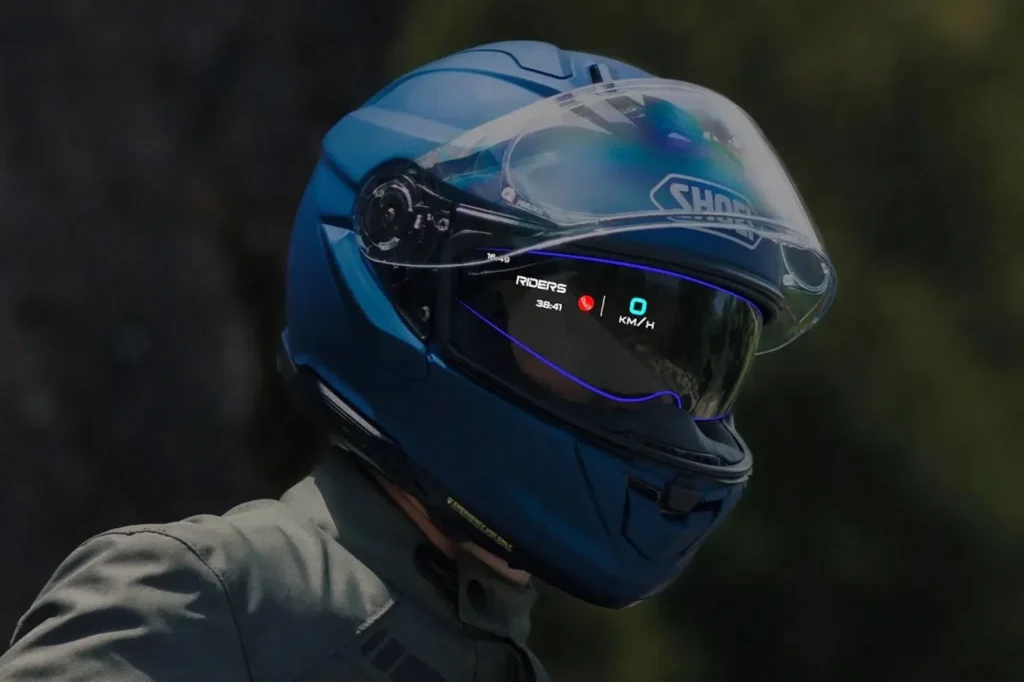A Thai van has 85 outstanding summonses involving various offences committed over the past three years.
The matter was discovered after a check carried out by the Road Transport Department (JPJ) immediately after the van involved was detained in Perlis through Op Tunggak which was implemented starting January 1.
The Director-General of the Road Transport Department (JPJ), Datuk Aedy Fadly Ramli, confirmed the matter, with 16 Thai vans detained in the operation still being seized to date.
Elaborating further, he said the most frequently detected offence involved the misuse of the International Circulation Permit (ICP).
“There was a Thai van detained in Perlis and from the check, it was found that there were 85 outstanding summonses committed over the past three years, but the owner had settled all the arrears worth RM25,500.
“Apart from the misuse of the ICP, other offences were detected, for example the use of tinted windows. Although it is allowed in their country (Thailand), when entering our country we have to obey the law here.”
Aedy Fadly said that ICPs are only issued to private vehicles within 90 days of being in this country, but instead some foreign drivers misuse them by carrying passengers.
He said that the offence cannot be compromised because it clearly violates regulations under the Road Transport Act (APJ) 1987, besides it can have adverse effects on many parties due to insurance coverage.
“In addition to carrying passengers whether foreigners or locals, Thai vans that do not have ICPs also transport their national employees who work at various premises, especially restaurants.
“We do not want this issue of misuse of ICPs to continue and are worried that if an accident occurs involving these vehicles, there will be no insurance coverage and it may become an issue because it involves the victims, drivers and governments of both countries,” he said.
Commenting on Op Tunggak, he informed that 182 foreign drivers with 163 vehicles were detected to have outstanding summonses throughout the 24 days the operation was carried out.
During that period, he said, 172 foreign vehicles were taken into action involving 619 JPJ (P) 22 notices issued.
“Summons collected were RM425,104 involving 332 outstanding summonses that had been resolved,” he said.



